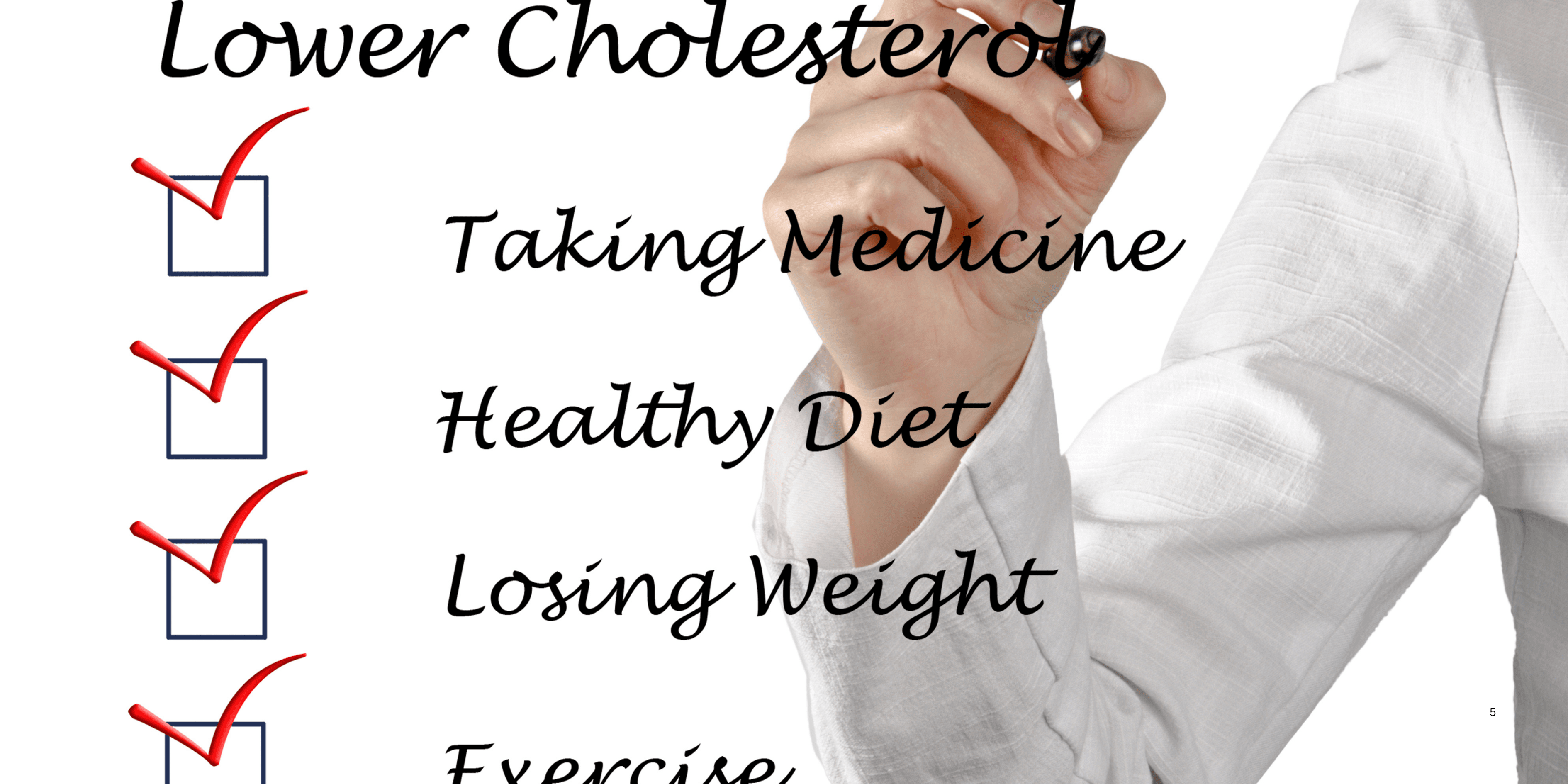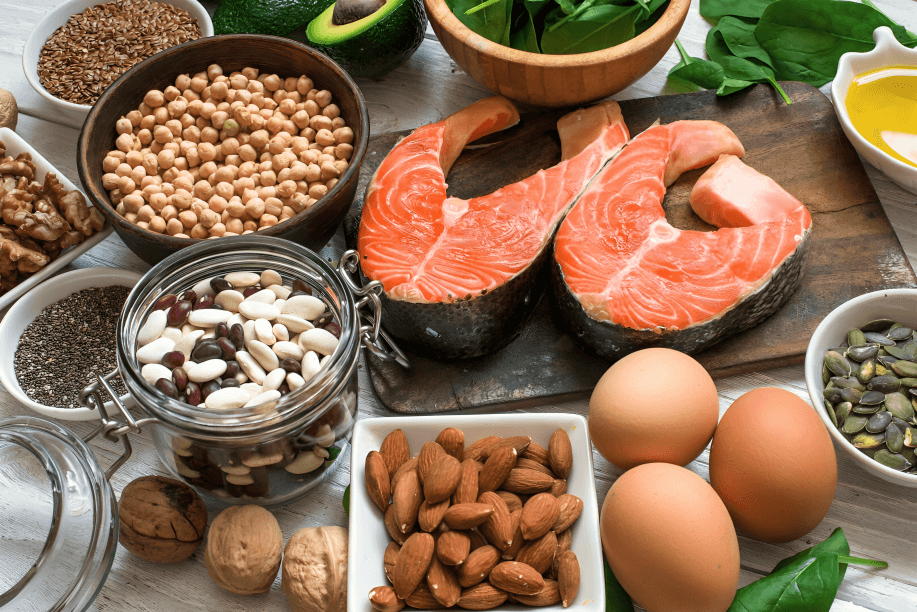
“
Knowing how to lower LDL cholesterol effectively is vital for heart health and preventing artery blockage. Simple lifestyle changes—healthy eating, regular exercise, stress control, and proper medical care—can reduce LDL, improve circulation, and boost overall well-being.1
1
”
Experts agree that adopting a Mediterranean-style eating pattern rich in vegetables, fruits, whole grains, and healthy fats can significantly reduce LDL cholesterol and improve heart protection. 1
Daily intake of soluble fiber from oats, beans, and legumes helps bind LDL in the digestive tract and lowers its absorption. 2

Replacing saturated fats like butter and fatty meats with polyunsaturated fats from olive oil, walnuts, and salmon supports LDL reduction.
Incorporating regular aerobic exercise—at least 150 minutes weekly—can raise HDL, reduce LDL particles, and improve cholesterol ratios. 3
Including fatty fish like salmon, mackerel, and sardines twice weekly provides omega‑3 fatty acids that reduce inflammation, inhibit LDL oxidation, and support endothelial function. 4
Adding plant sterols and stanols—either in fortified foods like margarine spreads or as supplements—can block up to 30% of cholesterol absorption and reduce LDL by 5–15% over time. 5
For individuals sensitive to dietary cholesterol, limiting high-cholesterol foods such as egg yolks, shrimp, and organ meats can help lower LDL by reducing endogenous cholesterol synthesis. 6
Reducing refined carbohydrates—like white bread, pastries, and sugary drinks—prevents the formation of small, dense LDL particles, which are more likely to promote artery-clogging plaque. 7
Nuts such as almonds, walnuts, pecans, and pistachios are nutrient-dense and provide healthy fats, fiber, and antioxidants that support LDL-lowering when eaten in small portions. 8

Drinking green tea regularly introduces catechins and polyphenols that can modestly lower LDL levels and inhibit LDL oxidation, supporting vascular health.
Consuming small amounts of dark chocolate (70% cocoa or more) offers flavonoids that improve endothelial function and modestly reduce LDL by preventing oxidative stress. 9
Eliminating trans fats—often found in margarine, baked goods, and fried fast foods—is critical, as they significantly raise LDL while decreasing protective HDL cholesterol. 10
Achieving and maintaining a healthy weight, particularly losing excess abdominal fat, helps decrease LDL production and improves liver efficiency in clearing cholesterol. 11
Managing chronic stress through practices like yoga, tai chi, or deep-breathing exercises can lower cortisol levels, which indirectly supports improved cholesterol regulation and reduced LDL. 12
Prioritizing 7–9 hours of restorative sleep nightly helps regulate appetite‑controlling hormones, insulin sensitivity, and lipid metabolism, all of which support healthy LDL cholesterol levels. 13

Supplements such as garlic, berberine, niacin, and psyllium fiber may help lower LDL modestly—but always consult your healthcare provider to ensure safety and avoid interactions.
Moderate intake of red wine or purple grape juice provides polyphenols like resveratrol, which can modestly inhibit LDL oxidation—but should be consumed sensibly due to alcohol’s health risks. 14
Quitting smoking enhances endothelial repair mechanisms, reduces oxidative damage to LDL particles, and improves overall cholesterol balance, rapidly lowering cardiovascular risk. 15
Regularly checking your cholesterol—ideally every 4–6 years for adults, or more frequently for those with risk factors—helps monitor progress and adjust lifestyle or medical interventions. 16
As philosophers reflect, the greatest success in controlling LDL comes from a lifelong commitment to balance—mindful eating and periodic medical guidance—to protect both heart and mind. 17


